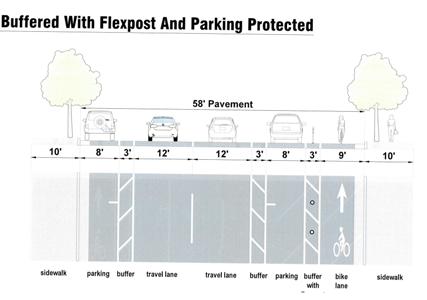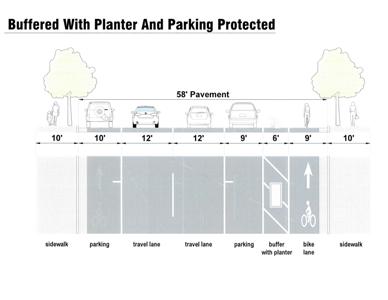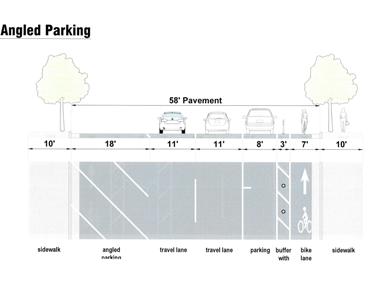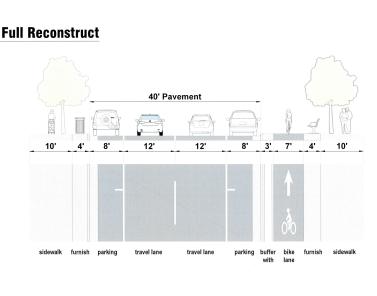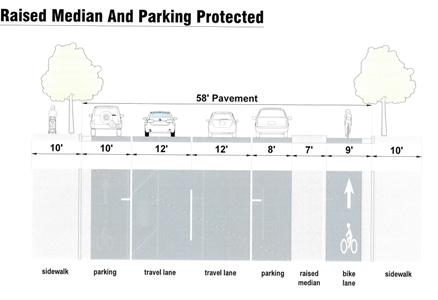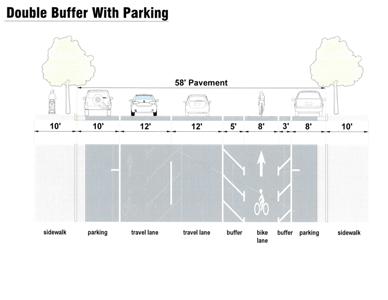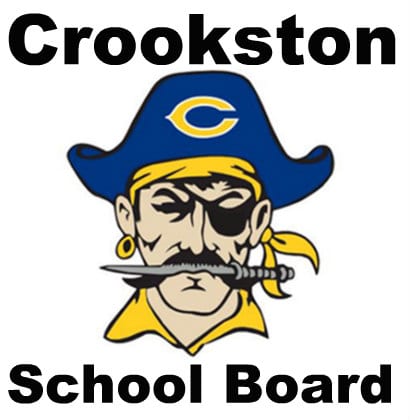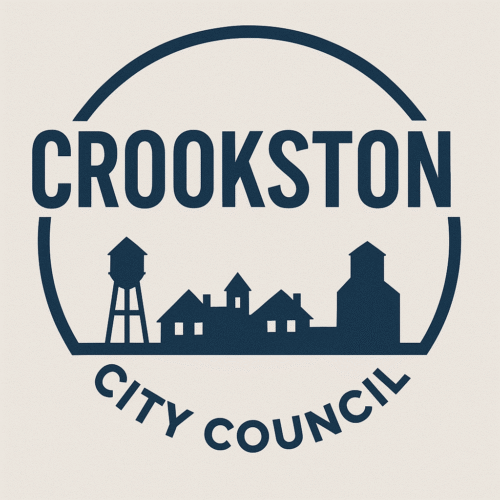Darren Laesch, planning director for the Minnesota Department of Transportation (MnDOT) District 2 and K.C. Atkins from Toole Design, a transportation engineering firm that MnDOT has worked within other communities, facilitated a discussion Monday night around what the future for the U.S. Highway 2 corridor downtown could look like.
The discussion started with a short presentation on active transportation, complete neighborhoods and the effect that can have both individually and for a whole community. One of the statistical data points supporting reimagining the corridor was that 17 percent of trips taken by anyone is less than one mile and people drive 47 percent of those trips. A complete neighborhood reimagining the corridor and by extension, the downtown could foreseeably decrease the number of trips by car and increase pedestrian and other modes of traffic in the downtown.
Laesch explained that MnDOT doesn’t have any current plans for changing the corridor but wanted an opportunity to share some ideas with Crookston. “Right now, we don’t have a project planned, but we’ve talked for years about how we can make that more accommodating, safer.” He added “The highways are here to serve the businesses and we have to keep that in mind. We want this to work for cars, trucks, bicyclists, pedestrians to make this a great place to live and work.”
One of the discussion points brought up was getting bicycles off the sidewalk, where some individuals have been knocked down leaving a store by a bike. Another idea was for angled parking, which has the possibility of increasing parking through the downtown by up to 30 percent. Another referenced concern was three troublesome intersections for semi-trucks to make a turn at and not making those any more difficult to traverse. The three intersections were Robert St./Broadway, Robert St./Main, and Broadway/6th St. There seemed to be a consensus among all present that slowing down traffic in some way would be beneficial.
MnDOT believes that adding a bike lane, one that could also potentially be used during deliveries for semi-trucks. Toole Design provided some examples (below) of how incorporating a bike lane could work, both at low cost which mostly utilizes paint or some higher priced options more along the lines of reconstruction which could significantly change the feel of downtown. A bike lane would reduce the downtown to two lanes, which would, in turn, slow down traffic, but also keep the amount of room needed for a semi-truck to make a turn.
One idea from Crookston Finance Director Angel Weasner was putting the bike lane on the inside rather than the outside lane like the examples had, this would create a sort of interior loop through downtown. That interior loop would make it easier for someone to get from Main to Broadway and vice-versa.
Another note from MnDOT was that bike lanes on one-ways make for some challenges, including the need for bikes to stop and turn. Currently, a bicycle could merge over through traffic to the furthest lane in the direction they were turning. For example, bikes should generally be in the right-hand lane when traveling but would need to merge left through traffic to make a left-hand turn. With a bike path, they would need to come to an intersection and make a left-hand turn on the other side to follow an east-west path or if a bike lane were on the left side of traffic, they reach an intersection and before crossing would make a right turn crossing with west to east traffic.
Laesch said that as the City and MnDOT continue to consider the potential for a project along the Highway 2 corridor in Crookston that they would want to test out their top ideas for the best fit before making a permanent move. “We certainly would like to do a test run [at some point],” said Laesch. “You always want to make sure everything is going to work, iron out those kinks before you do any kind of permanent infrastructure.” Six of the seven possibilities are pictured below.
MNDOT Holds Discussion On Downtown Crookston Traffic Calming
